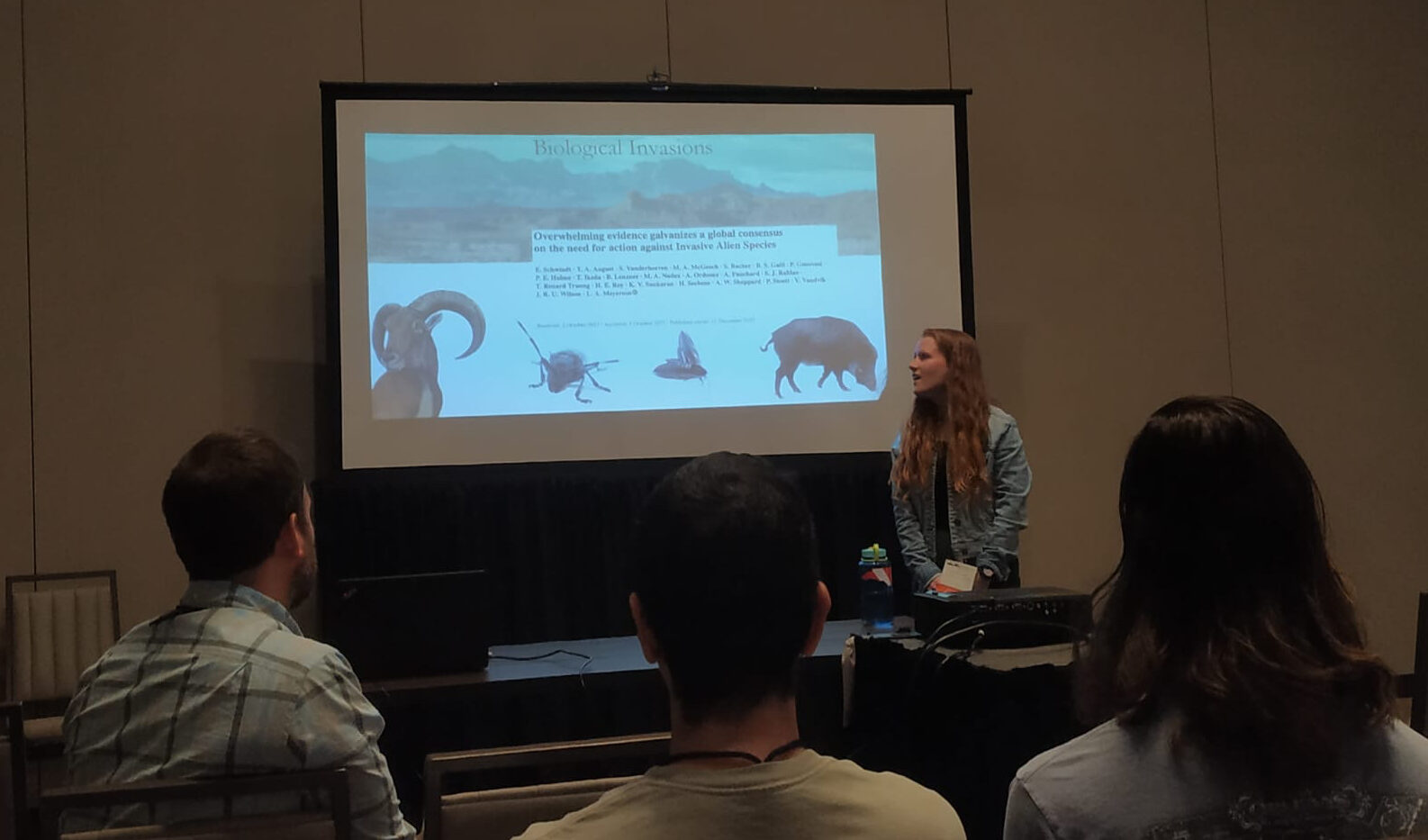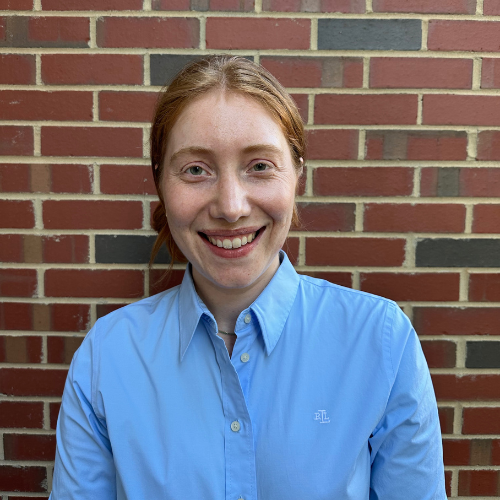Insights from the IALE 2024 Conference

Editor’s note: Each semester, students in the Geospatial Analytics Ph.D. program can apply for a Geospatial Analytics Travel Award that supports research travel or presentations at conferences. The following is a guest post by travel award winner Erin O’Connell as part of the Student Travel series.
Attending the 2024 International Association for Landscape Ecology (IALE) Conference in Oklahoma City was an awesome opportunity to delve deeper into the world of landscape ecology alongside colleagues and fellow students.
This conference offered a diverse array of sessions and presentations that provided insights into the latest research and developments in landscape ecology. One of the highlights for me was the invasive species modeling session, where I had the chance to share my own research and engage in discussions with attendees. It was enlightening to hear different perspectives and learn about the various approaches being used to study the movement of invasive species.
During the invasive species modeling session, I presented on long-distance dispersal characteristics of the spotted lanternfly. The spotted lanternfly (SLF, Lycorma delicatula) is an invasive insect native to Asia and of high management concern, posing an ecological threat to agriculture and ecosystems in North America. Despite their limited flight distance, SLF are able to travel long distances by utilizing a specific life history strategy through which adults hitchhike and lay egg masses on various surfaces like firewood and vehicles. Efforts to mitigate the spread of SLF are challenging due to the insect’s ability to hitchhike and the difficulty of detecting its egg masses. Given the threat of spread across the United States, dynamic spatiotemporal models are needed to identify long-distance dispersal mechanisms and forecast areas of invasion. To address this, I forecasted when and where long-distance events occur, to guide management and identify areas of high risk for invasion.
Our lab’s current Pest or Pathogen Spread Model (PoPS) forecasts SLF spread using a calibrated rail and roads network model, but with even weights for the nodes. I improved upon these even weights by using long-distance dispersal events (>15 km) to determine what anthropogenic factors (e.g. proximity to railroads, amazon distribution centers, rest areas) are most important for these spread events. I then fit generalized linear mixed effect models (GLMMs) to quantify the characteristics of long-distance dispersal events. The output of my final model highlights locations that are at the greatest risk of future long-distance dispersal into previously uninfested areas. Additionally, this model will allow for the creation of a weighted network dispersal based on how risky locations are for human-mediated dispersal of SLF.
One particularly memorable interaction from the conference was during the student mentor lunch, with another student during the student mentor lunch whose tiger movement ecology research in India directly intersected with my animal movement research. We exchanged field stories, discussed advantages of movement models, and shared insights from our work. It was a testament to the collaborative spirit that permeated the conference.
The knowledge and connections I gained will undoubtedly shape my future research endeavors, and I’m grateful for the opportunity to have been a part of such a vibrant scientific community. Looking back on my experience at the IALE conference, I am reminded of the importance of collaboration in advancing our understanding of invasion ecology and management.
- Categories:


